Spoiler warning: We’re going to be dissecting the ending of The Legend of Zelda: Link’s Awakening and elements of the game’s plot. Turn back now if you don’t want to be spoiled.
The ending of The Legend of Zelda: Link’s Awakening is existentially vexing. We find out that Koholint Island, seemingly a real place populated by self-aware beings, is actually a dreamworld in the mind of a magical being, the Wind Fish. The island and its inhabitants vanish when Link finally awakens the Wind Fish and escapes the dream—the only exception being a subtle implication that Link’s companion, Marin, was somehow reborn as a seagull in the waking world.
We could easily take all of these events at face value. It’s a video game, after all, and one set in the fantastical world of Zelda, where strange events are commonplace. And yet, we’re still left with deep questions. The existential themes posed by the ending of Link’s Awakening are real-world questions many of us ask at some point in our lifetimes: Who are we? Where does everything come from? What is the nature of our reality? Philosophers, scientists, artists, and theologians have all endeavoured to find answers, but these remain largely open questions. While great minds continue to debate these topics in our world, new developments in the science and philosophy of the mind may help us make sense of Link’s Awakening’s seemingly absurd premise and ending—and maybe even ease some of that existential angst along the way.

What happens to everyone when the Wind Fish wakes up?
The biggest question posed by the ending of Link’s Awakening is what happens to Koholint Island’s inhabitants when the Wind Fish wakes up. Do they simply cease to exist? Not necessarily. But in order to answer that, we need to first explain where these characters even come from in the first place. To do so, we’ll turn to the science of dreams.
Research conducted by Dr. Deidre Barrett from Harvard Medical school suggests that individuals with dissociative identity disorder (DID)—previously known as “multiple personality disorder” and often depicted in pop culture, usually inaccurately, as “split personalities”—can experience nightly dreams from the point of view of multiple characters, with each personality, or “alter,” embodying different characters. Despite being an experience that only a subset of the population may ever experience, the fact that a single person can experience a dream from multiple perspectives simultaneously is our first clue into the true nature of Koholint’s charming denizens.
Our dreams—and the characters we meet within them—are, more or less, our own selves, even if we’re only embodying a single character. This implies that each character in Link’s Awakening is the Wind Fish itself at some level. The player isn’t interacting with separate entities, but different fragments of the Wind Fish’s personality. This begins to answer our first question, but it raises another in the process: Are these beings self-aware like multiple DID alters in the same dream, or are they simply illusions? And if they are conscious, then what happens to these characters when the Wind Fish wakes up?
Naturally, for such a philosophically charged question, we’ll need to turn to a philosopher for help. In this case, it’s Dr. Bernardo Kastrup, a former CERN researcher with PhDs in both computer science and philosophy, who uses the aforementioned DID study along with recent developments in neurobiology, physics, and psychology as arguments in favor of a philosophical position called ontological idealism.
Ontological idealism postulates that all of reality is happening within the mind of a single consciousness outside of time and space. While it may sound radical at first, ontological idealism has a long history. Forms of idealism have proven popular among a wide variety of thinkers: ancient Greek philosophers; the German idealists such as Schoepenhauer, Kant, and Hegel; Western and Eastern mystical traditions; some versions of the popular theory that we’re living in a simulation; and at least one standup comedian. It also shares some similarities with other theories of consciousness that are experiencing newfound popularity such as panpsychism, neutral monism, and cosmopsychism. All of these theories contend that some form of consciousness or “awareness” is fundamental to the universe.
Dr. Kastrup’s version of idealism, however, is unique. It’s the first time the theory has been put through the rigors of analytic philosophy and peer review science, with many of his articles published in scientific journals and popular magazines like Scientific American, and he has authored numerous books making his case for idealism.
To be clear, I’m not necessarily arguing that ontological idealism is true, but Dr. Kastrup’s ideas offer an excellent model for explaining the strange reality of Link’s Awakening. In Kastrup’s theory, every conscious being in the universe—which Kastrup defines broadly to include all organisms that metabolize—is a dissociated alter of universal consciousness. To put it reductively, we’re all split personalities of a single supreme being. (Kastrup is clear to note that this is not a pathological process—not any kind of cosmic mental illness—but rather a natural occurrence.)
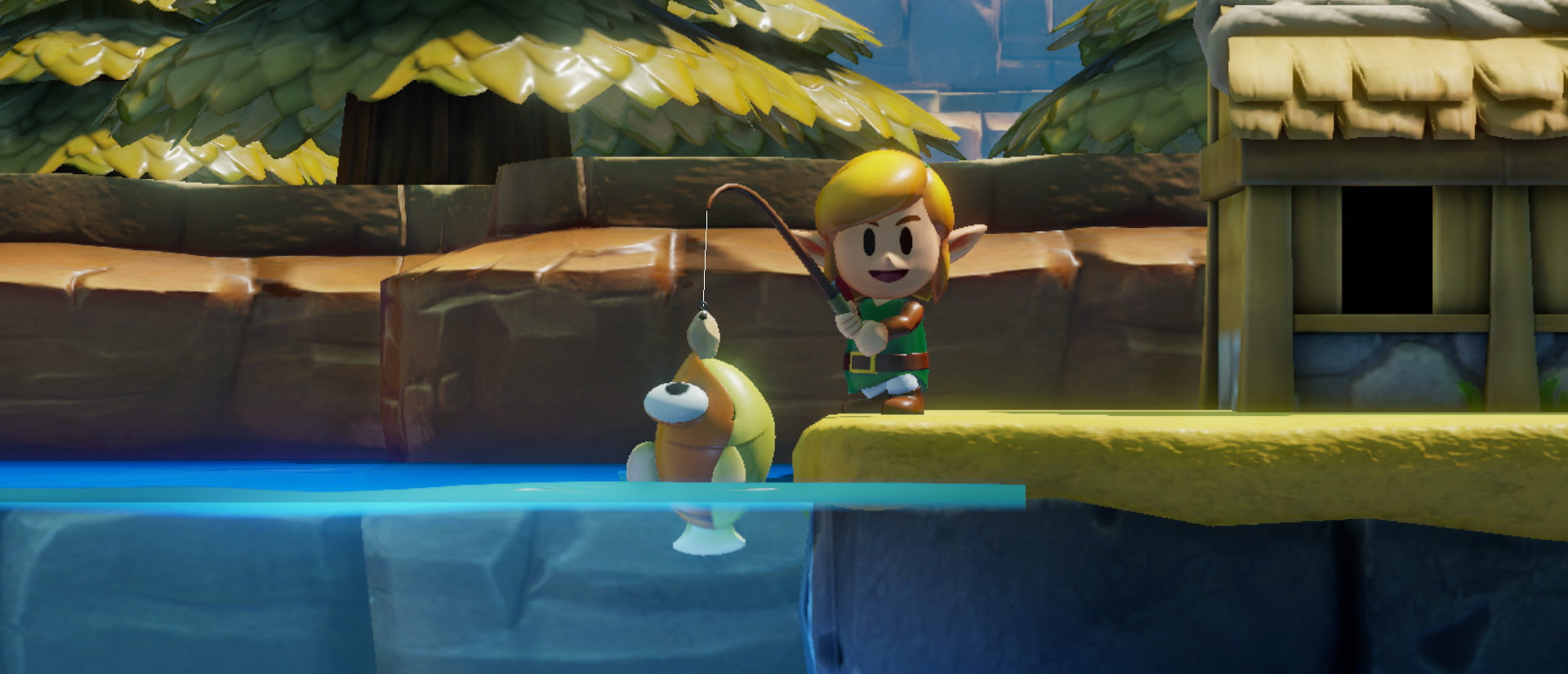
Dr. Kastrup uses the metaphor of “whirlpools” within a single “cosmic ocean” of non-local consciousness to illustrate how seemingly separate entities arise from single source. A whirlpool is a categorically different “thing” relative to the ocean, but it’s nevertheless made of the same water and is not separate from the ocean. Kastrup’s theory would suggest the true nature of most characters on Koholint is that they are actually the Wind Fish itself, experiencing its own dream from multiple perspectives—the only exceptions being Link and, potentially, a seagull (more on that later). In Link’s Awakening, the Wind Fish is the single subject, and the characters are whirlpools within it. They are not separate from the Wind Fish, and when it awakens, their whirlpools “reintegrate” into Wind Fish’s larger stream of consciousness, thereby reunifying their experiences and memories into a single perspective.
This slight shift doesn’t undermine the motive behind the island’s Nightmare bosses, which is important if we’re to take this theory seriously. In both philosophy and science, a successful theory must make new, accurate predictions, but it must also fully account for previously confirmed data. In the case of Koholint’s Nightmares, we know that their efforts to stop Link are to preserve their existence, and this motivation remains intact even if we apply Dr. Kastrup’s theory. By keeping the Wind Fish asleep, each Nightmare remains a separate individual with its own subjective awareness apart from the Wind Fish. However, instead of poofing out of existence when they’re defeated by Link or when the Wind Fish wakes up, they simply reunify into the single consciousness of the Wind Fish.
The same is true for the rest of Koholint’s residents: They still “exist” even after the Wind Wish wakes up, but no longer as separate personalities. This also adds an extra layer of motivation to the player’s quest: We’re not just helping the Wind Fish wake up so link can escape the island—we’re also helping it become whole again.
Now, again, regardless of whether Kastrup’s theory holds any, er, water with regards to our own reality, at the very least it gives us an explanation to what happens to Koholin’s residents when the Wind Fish wakes up. Well, almost all of them. The end moments of Link’s Awakening shows that at least one other character besides Link made it outside of the Wind Fish’s mind: Marin. We’ll need to account for her too.
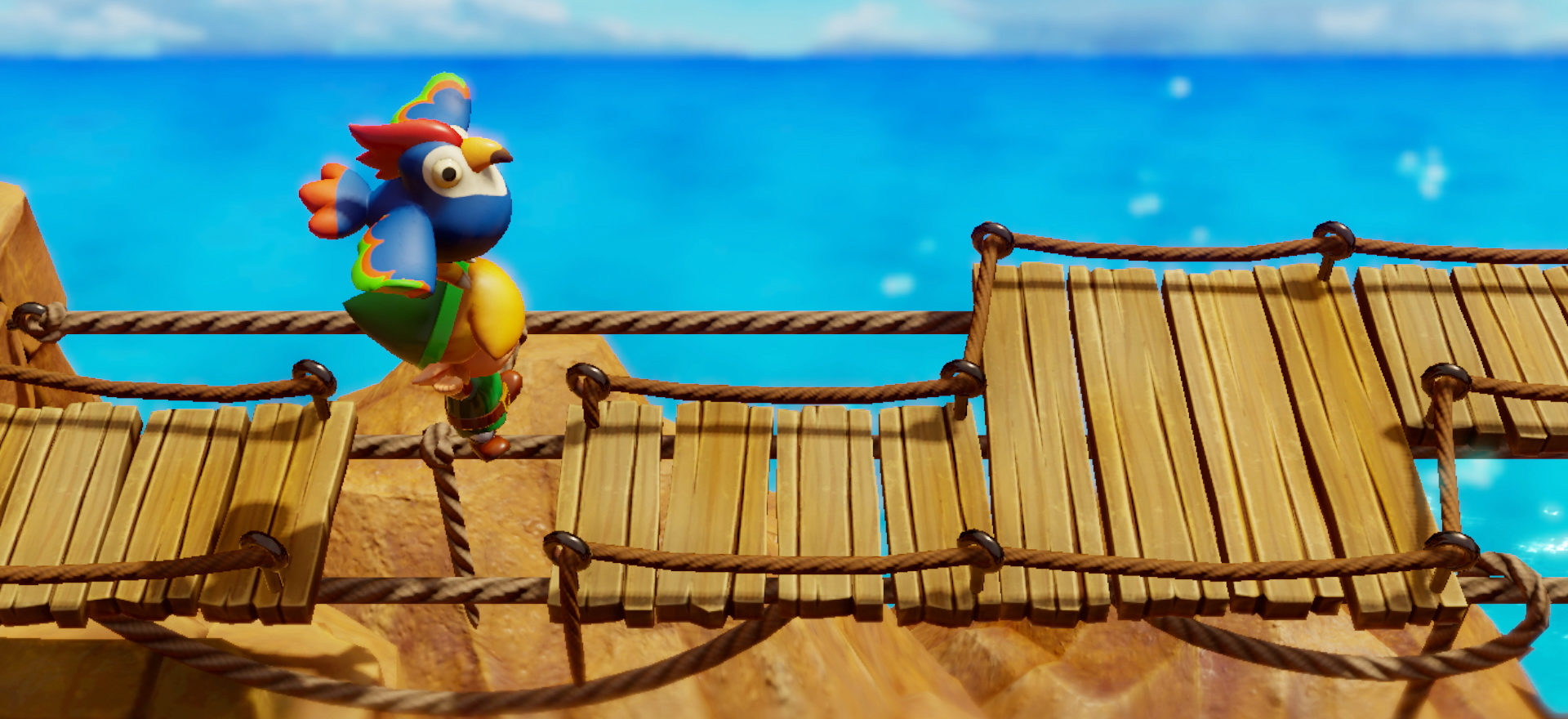
Does Marin really continue on as a seagull?
It’s easy to assume the ending implies that Marin got her wish and finally became a seagull, but that then raises the question of how a splinter of the Wind Fish’s consciousness could be transported into a seagull. Given that this is a fictional setting where magic is real, we can of course rely on a supernatural explanation, but I humbly submit an alternative theory: Marin was a seagull all along. This explanation fits without undermining the events of the game. Marin’s desire to be a seagull is actually a memory of her true identity outside of the Wind Fish’s dream. Of course, this calls into question why a seagull would dream of itself as a human. A magical deity-like creature such as the Wind Fish splintering into simpler life forms seems plausible, but how could a mere seagull become a more complex mind like Marin, even in a dream?
Here we can turn to the work of Dr. Donald Hoffman, a cognitive psychologist and professor of cognitive sciences at UC Irvine. Like Dr. Kastrup, Dr. Hoffman considers consciousness to be a fundamental aspect of the universe. He has proposed a mathematical model of reality wherein what we perceive as the physical universe comes into being as a result of interactions between “conscious agents.” These agents could be seen as analogous to Kastrup’s whirlpools or multiple alters within the same dream. While the world really exists “out there” and separate from us, Hoffamn contends that we do not experience that objective reality, per se, but rather only subjective appearances that are dependent on sense data that evolution tailored to favor survival and not “truth.”
Using Dr. Hoffman’s model, we can say that the character “Marin” comes about through the interaction between the minds of the Seagull, the Wind Fish, and Link—namely Link’s memories of the recurring Zelda character, Malon. Applying Hoffman’s model to the dream-land setting of Link’s Awakening even explains why so many familiar characters, items, and themes from the Zelda series are present in the Wind Fish’s dream: We are experiencing Link’s subjective view of the dream, which may not necessarily be “objectively true” and may differ from what other characters in the dream perceive. And when the Wind Fish finally wakes up, the various bits that coalesced to form “Marin” continue to exist within Link, the Wind Fish, and the seagull.
This leads us to the final question left to solve: How the hell can Link, the Wind Fish, and (potentially) a seagull all take part in the same dream?
How did Link fall into the Wind Fish’s dream?
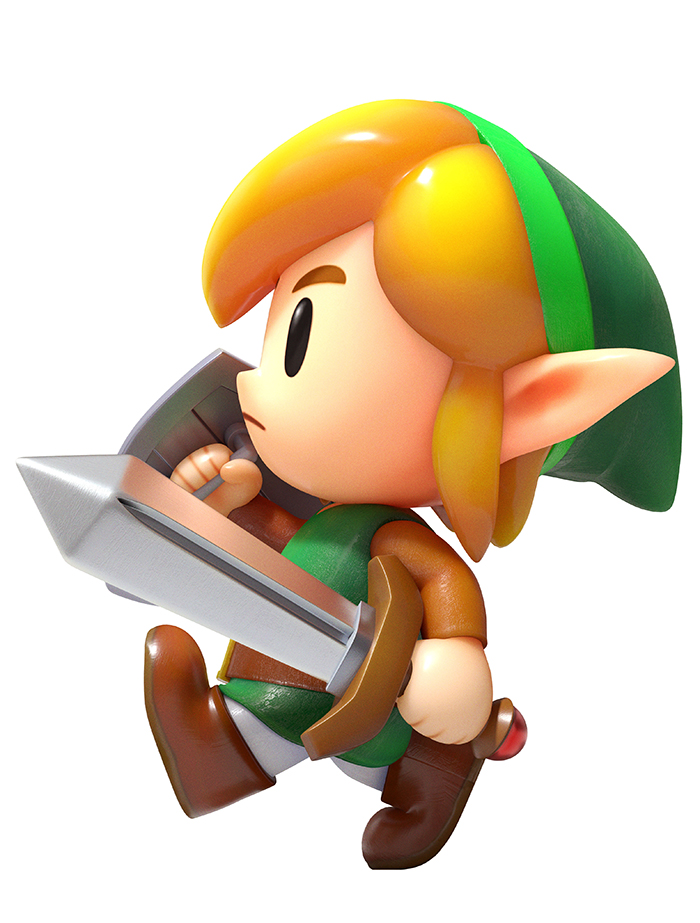
In order to explain how Link can participate in the Wind Fish’s dream, we need a bit more empirical data to work off of—and what could be more apt here than psychedelics?
The latest research into how psychedelics affect our brains indicates that the profound visuals, sounds, thoughts, and emotions these compounds elicit seem to happen when there is a reduction in certain brain activity. This is the opposite of what most scientists predicted and is counterintuitive to certain assumptions of how the brain works. Similar correlations between enriched inner experiences and reduced brain activity have been reported elsewhere, such as during epileptic seizures, asphyxiation, and severe head trauma, just to name a few—some of which we could easily assume Link suffers in the opening moments of Link’s Awakening.
Dr. Kastrup is among an ever-growing number of scientists and philosophers who contend these correlations are evidence that consciousness is not produced by the brain, but rather that the brain limits and localizes consciousness. Put another way, brains are what modulate non-local consciousness into the “whirlpools” of self-reflexive subjectivity, and brain activity is what those whirlpools look like from the outside, if you will. In this model, when the brain is damaged, the whirlpool is compromised and more of the broader “ocean” of consciousness becomes accessible. Now, even if you balk at this theory as an explanation for how consciousness arises in our reality, it actually makes for a pretty good model for how Link finds himself in the Wind Fish’s dream.
Using Kastrup’s whirlpool metaphor once again—this time to the world outside of the Wind Fish’s dream—let’s assume Link suffers a head injury during the shipwreck in the game’s opening moments and his whirlpool is compromised. As a result, Link’s localized, self-reflexive consciousness expands. Since Link is in proximity to the Wind Fish—which, for the sake of the metaphor, we’ll assume is a “bigger” whirlpool—the two whirlpools begin sharing the same water of consciousness—creating the shared dream and its mish-mash of memories and characters. This would imply that Link and the Wind Fish are both working to separate their respective whirlpools and awaken from the dream, which would explain the strange clues the Owl gives Link and the many cryptic messages scattered around the island.
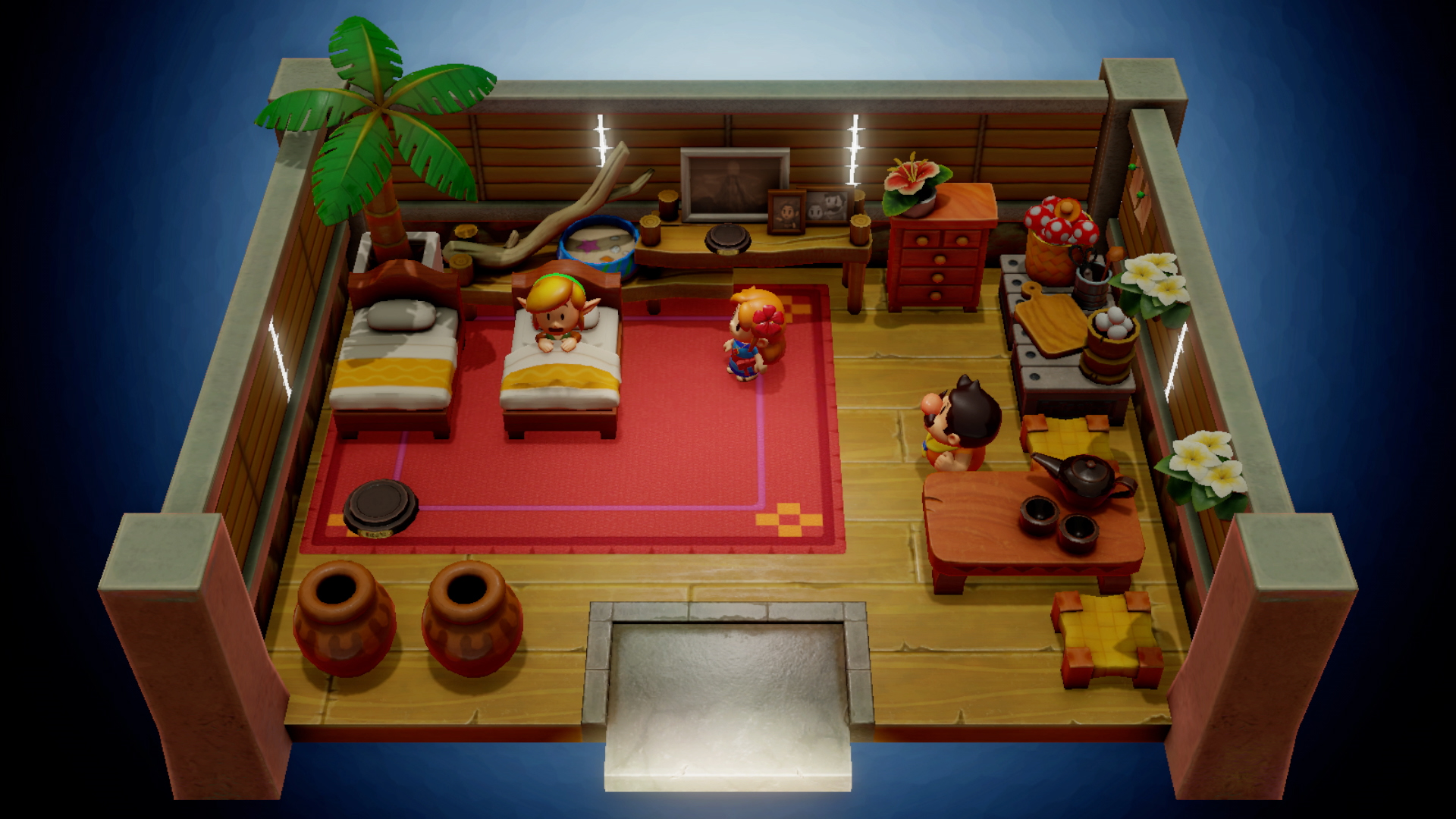
But then again, does explaining all of this really matter? Why try to explain an ephemeral dream within a fictional fantasy world? Sure, it’s a little absurd, but using these philosophical models helps add meaning to the game’s events for Link and the player alike. Many people seem to take a decidedly negative view of Link’s Awakening’s story, arguing that if it was all just a dream, then nothing within the dream mattered—or worse, that the game subjects Link and the player to some kind of sick joke in which they annihilate an entire island of innocent beings. While I’ve proposed an alternative—and potentially more positive—theory on the ultimate fate of those characters, I also believe such negative analysis overlooks the central message of Link’s Awakening: Dreams may not be reality, but they are real experiences we undergo and are therefore meaningful to us, regardless of their true nature.
Dreams affect our moods, become embedded in our memories, and even inspire artistic and scientific breakthroughs. It’s even been shown that engaging with our nightly dreams can be beneficial to personal development and psychological health, with entire fields of psychology that are dedicated to such work.
Those facts alone are enough to make the event’s of Link’s Awakening an important to Link’s own life as a character, but also to the players themselves, regardless of how you explain the game’s metaphysics. Our time with all forms of art and media is akin to a sort of lucid dream, and this is especially true of video games due to their interactive nature. Playing game is like falling into an alternate reality created in the minds of its developers, a world we momentarily, and willingly, trick ourselves into believing is real. Even after we’ve awoken and the illusion fades, the impact remains.
Header image credit: Nintendo
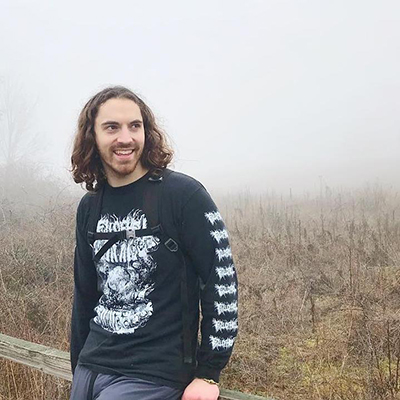
Brendan is a writer and artist based in Portland, Oregon. He has been passionate about video games from the moment he first held a Gameboy and believes games can be an important part of our inner lives and creative inspiration. His writing has also been published on IGN, Digital Trends, Lifehacker, Business Insider, and Kill Screen. You can find him on Twitter @Brendan_LH usually posting about Nintendo games, Monster Hunter, and soccer.